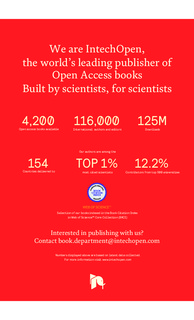| dc.description.abstract | Unmanned aerial vehicles carrying multimodal sensors for precision agriculture (PA) applications face adaptation challenges to satisfy reliability, accuracy, and timeliness. Unlike ground platforms, UAV/drones are subjected to additional considerations such as payload, flight time, stabilization, autonomous missions, and external disturbances. For instance, in oil palm plantations (OPP), accruing high resolution images to generate multidimensional maps necessitates lower altitude mission flights with greater stability. This chapter addresses various UAV-based smart farming and PA solutions for OPP including health assessment and disease detection, pest monitoring, yield estimation, creation of virtual plantations, and dynamic Web-mapping. Stabilization of UAVs was discussed as one of the key factors for acquiring high quality aerial images. For this purpose, a case study was presented on stabilizing a fixed-wing Osprey drone crop surveillance that can be adapted as a remote sensing research platform. The objective was to design three controllers (including PID, LQR with full state feedback, and LQR plus observer) to improve the automatic flight mission. Dynamic equations were decoupled into lateral and longitudinal directions, where the longitudinal dynamics were modeled as a fourth order two-inputs-two-outputs system. State variables were defined as velocity, angle of attack, pitch rate, and pitch angle, all assumed to be available to the controller. A special case was considered in which only velocity and pitch rate were measurable. The control objective was to stabilize the system for a velocity step input of 10m/s. The performance of noise effects, model error, and complementary sensitivity was analyzed. | nb_NO |

